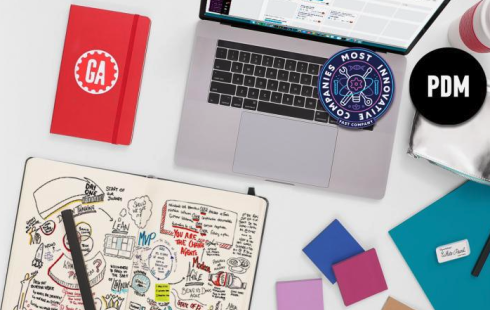General Assembly’s Product Management course teaches the end-to-end product management (PM) process to a real-world scenario, from evaluating users and managing a roadmap to creating a minimum viable product (MVP) and developing metrics.
What you'll accomplish
This is a beginner-friendly program with no prerequisites, although students may have had exposure to product development concepts or be informally taking on PM responsibilities in their current role. Throughout this expert-designed program, you’ll:
- Determine key risks and assumptions of a product in order to prioritize research and discovery work.
- Validate hypotheses by gathering user feedback via MVPs, interviews, experiments, and testing.
- Execute competitive research to highlight market gaps and trends.
- Speak fluently with developers, user experience designers, and other business stakeholders about priorities, requirements, and workflow.
- Apply metrics alongside objectives and key results (OKRs) to measure a product’s success and track its life cycle.
- Apply what you’ve learned to create a portfolio project: a presentation detailing your product creation strategy.
Why General Assembly
Since 2011, General Assembly has graduated more than 40,000 students worldwide from the full time & part time courses. During the 2020 hiring shutdown, GA's students, instructors, and career coaches never lost focus, and the KPMG-validated numbers in their Outcomes report reflect it. *For students who graduated in 2020 — the peak of the pandemic — 74.4% of those who participated in GA's full-time Career Services program landed jobs within six months of graduation. General Assembly is proud of their grads + teams' relentless dedication and to see those numbers rising. Download the report here.
Your next step? Submit an application to talk to the General Assembly Admissions team
Note: reviews are referenced from Career Karma - https://careerkarma.com/schools/general-assembly




